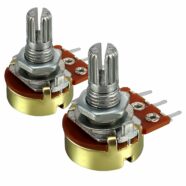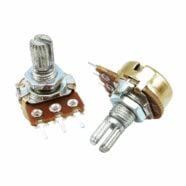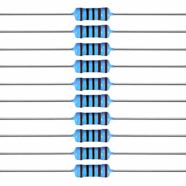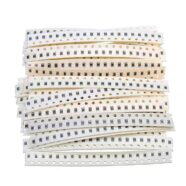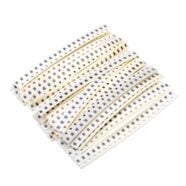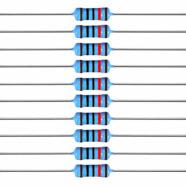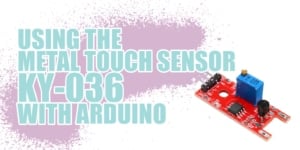Get to know the different kinds of resistors in this article.
Introduction
Resistance is the opposition to the flow of current. If you’ve studied electronics, you’ll surely know what the term means. If you know Ohm’s Law, you’ll be able to derive the resistance equivalent equation as:
R = V/I
where
R = Resistance
V = Voltage
I = Current
This is all good in theory. However, a resistor cannot be defined solely by an equation. In the practical world, there are other real-world parameters of resistors such as power, casing, style, model, etc. These terms define the different kinds of resistors you will see in real life.
What are the Different Kinds of Resistors
Carbon Film Resistors
A (thin layer) of carbon film is put into a ceramic substrate. This carbon part produces the resistance itself. There are different wattages available for carbon film resistors. Examples of them are 1/8W, 1/4W, 1/2W, 1W, 2W, and others. You’ll usually find them colored flesh with the resistor color bands on them. The 1/4W is probably the most common resistor power rating used on a breadboard.
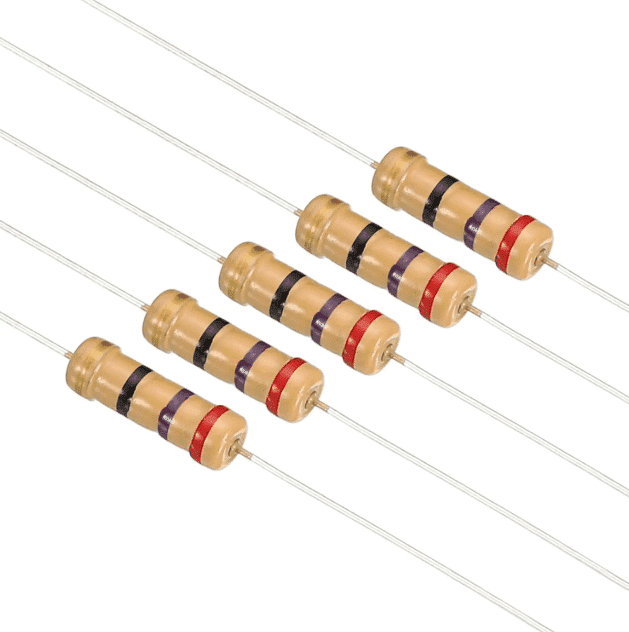
Metal Film Resistors
Instead of carbon, metal film resistors insert metal film into a ceramic substrate. They kinda look like the shape of carbon film resistors. You may find most metal films are coated in blue. You’ll find many of these resistors having a tight tolerance (such as 1%).
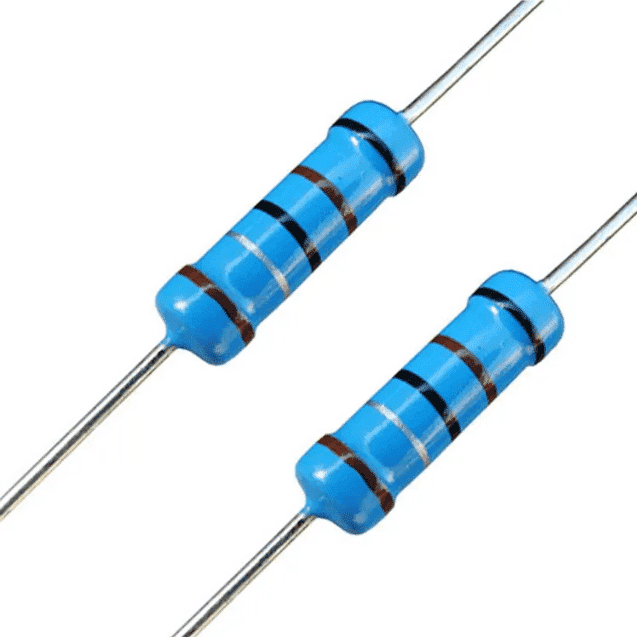
Wire-Wound Resistors
By winding a metallic material over a ceramic core, you can produce resistance which can be called wire-wound resistors. These resistors are known for their ruggedness, durability, and resistance to high temperatures. You’ll find many wire-wound-type resistors that can carry a lot more power. With this, you’ll see this kind of resistor used in power supplies. The shortcoming of wire-wound resistors is their limited frequency characteristics as they have a metallic coil inside them.
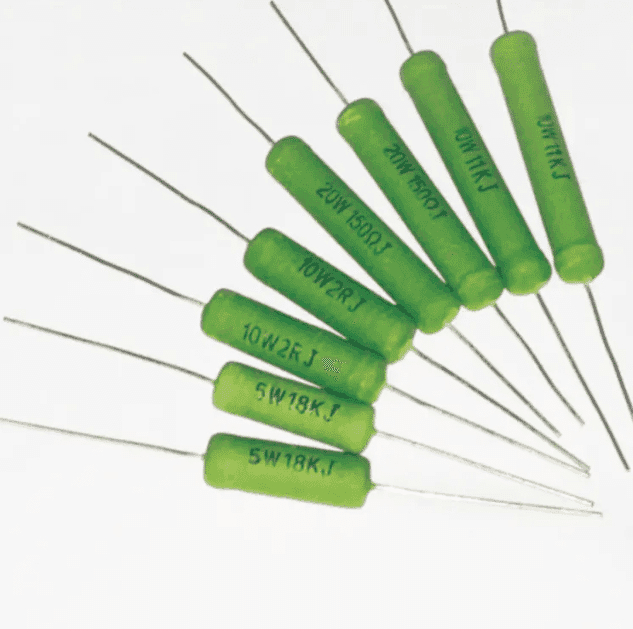
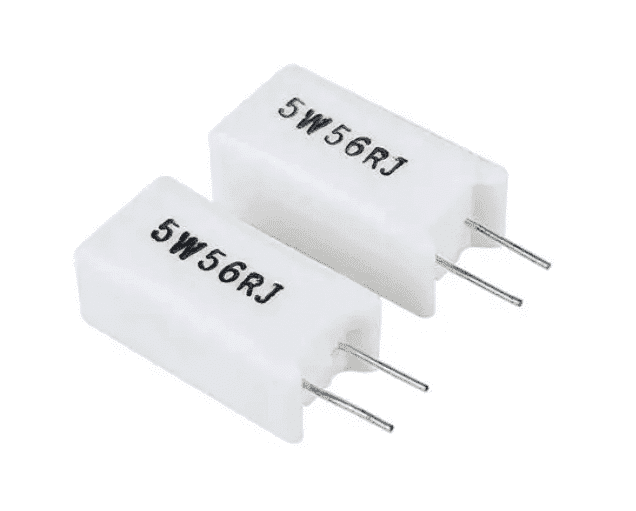
Potentiometers
Potentiometers are virtually variable voltage divider devices. They have three pins, which you can connect to VCC, output to a circuit, and connect to the ground. The output pin can generate a variable resistance with respect to Vcc and ground. Potentiometers should be differentiated with rheostats as the latter is a variable resistor that has only 2 pins.
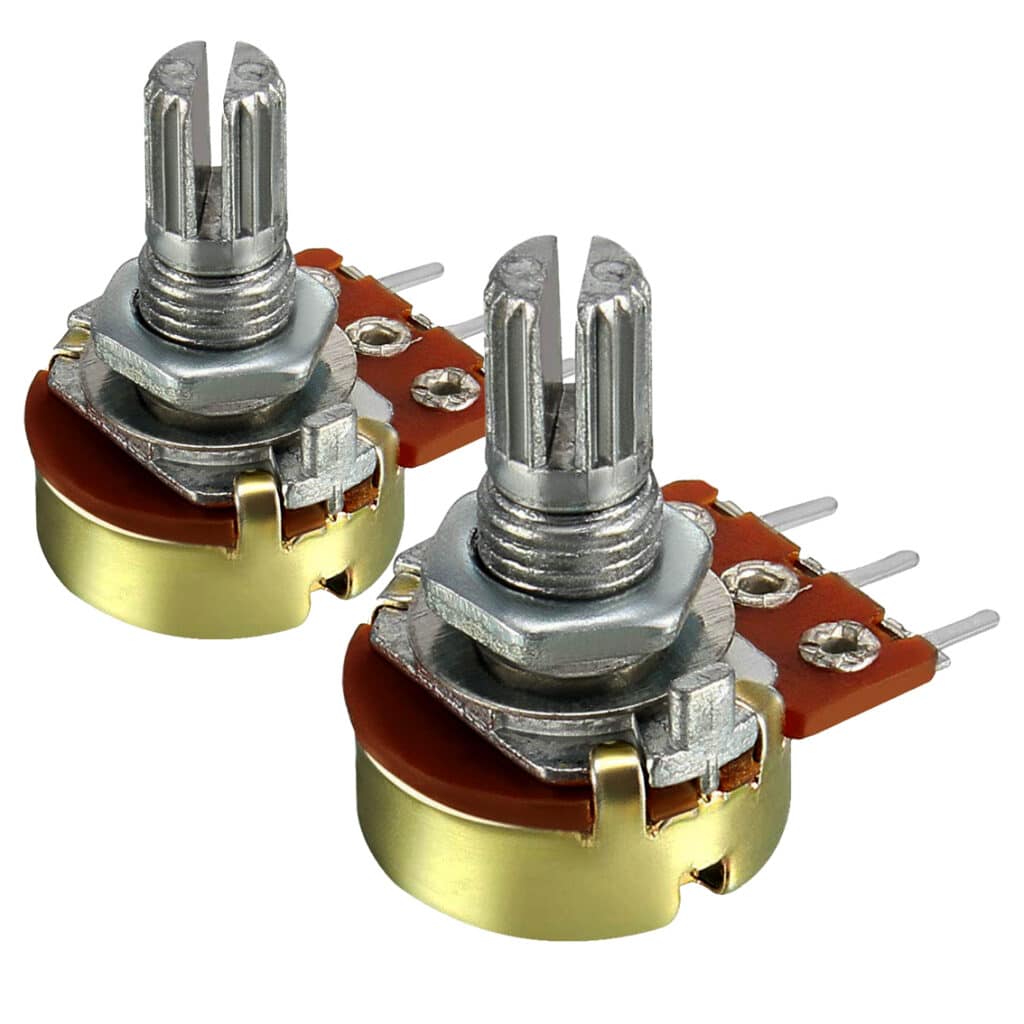
Trimmer Potentiometers
Much like potentiometers, trimmer resistors are variable resistor devices. The only difference would be that trimmers are usually smaller and adjusted through a tool such as a screwdriver. This process makes them ideal for doing micro adjustments of the parameters on your electronic devices.
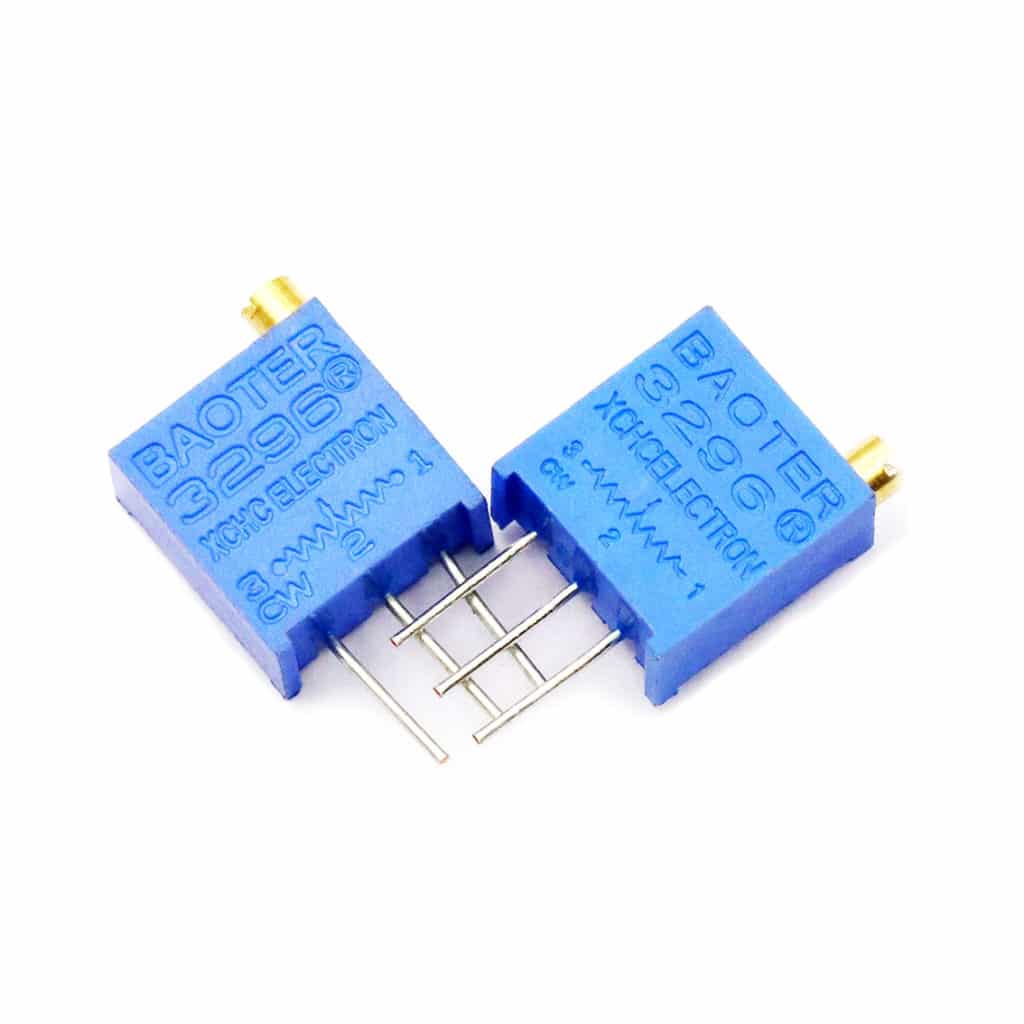
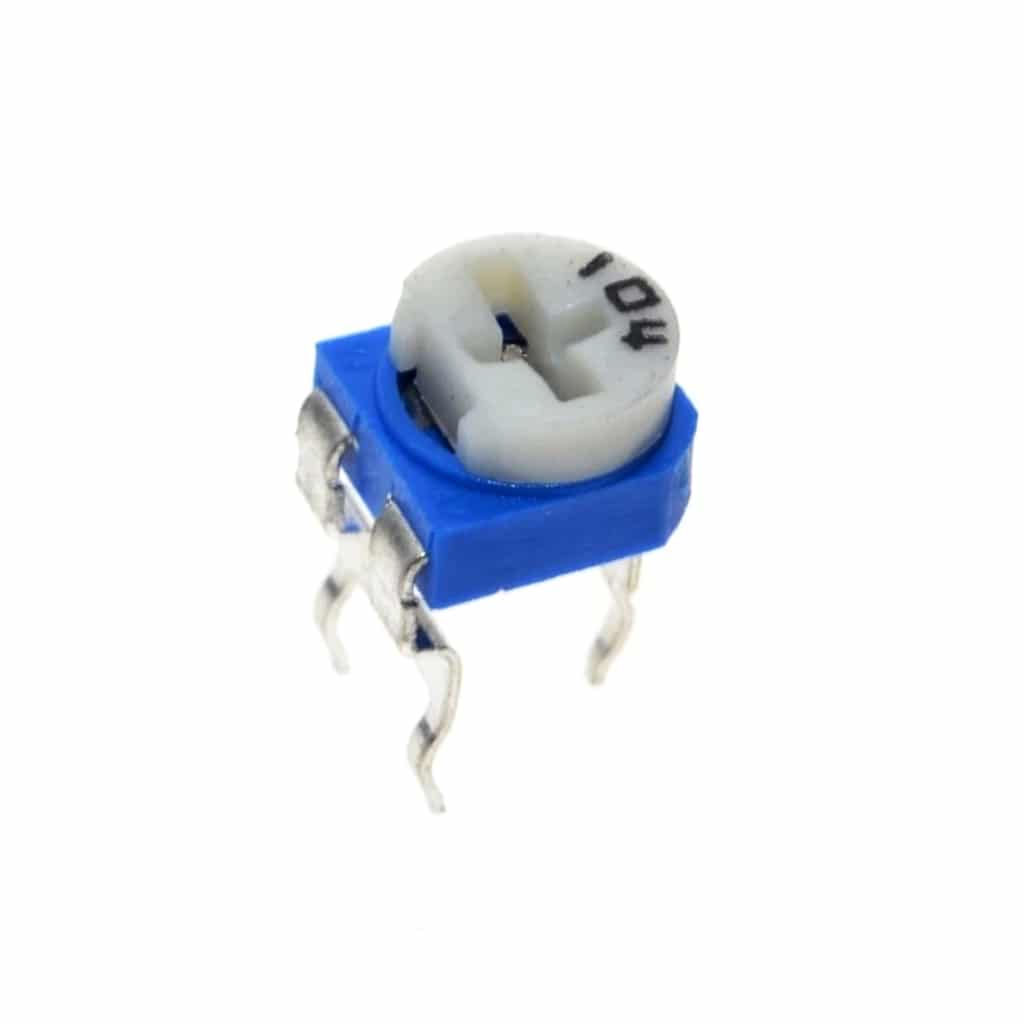
SMD Type Resistors
These surface-mount resistors can be used if you need a low-profile application for your projects. You can also use these types if you prefer to use a pick-and-place machine to assemble your boards. There are many standard sizes of SMD chip type resistors such as 0201, 0402, 0805, 1206, 1210, 2010, 2512, etc.
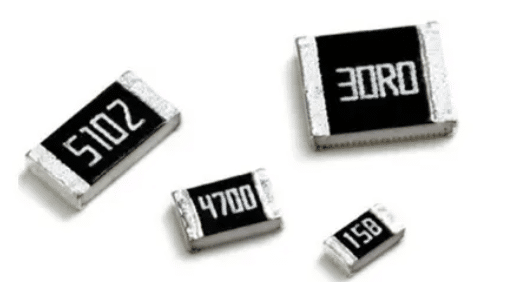
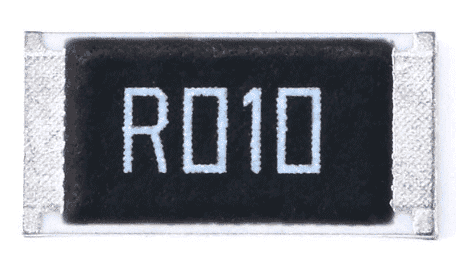
Conclusion
This article presented the common and different kinds of resistors you can find on the market today. Choose one based on your application, power rating requirement, and characteristics.

